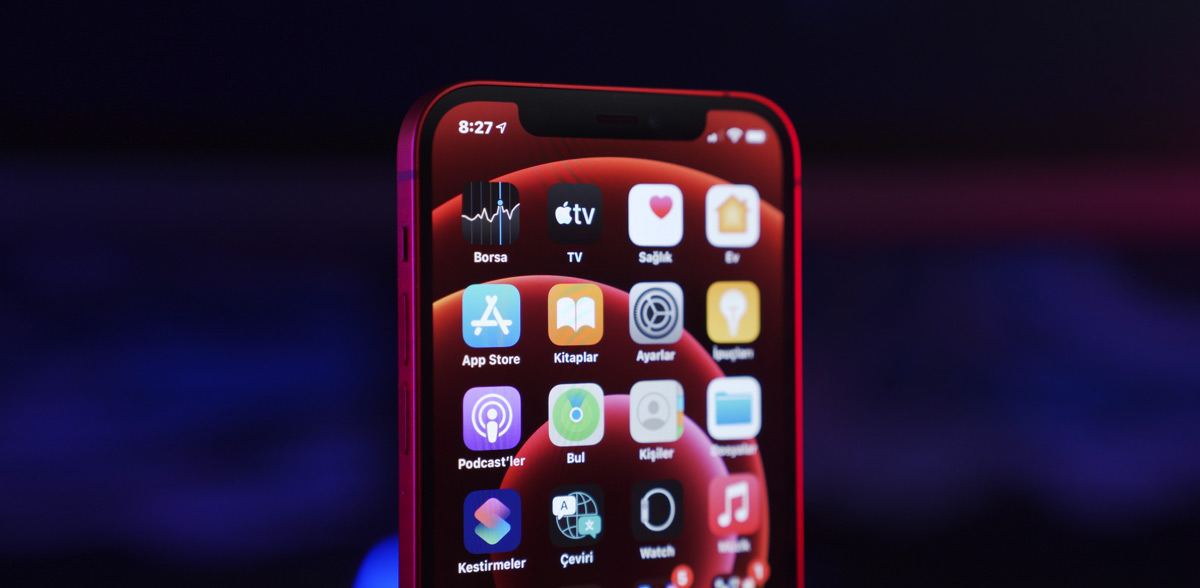User experience (UX) for mobile apps isn’t just for designers and tech experts; it’s crucial for marketers too. People judge apps by their usability, design, navigation, color schemes, fonts, and overall simplicity.
Even if your app has great technology and engaging content, its usability and design significantly influence users’ impressions. A well-designed app with clear directions and intuitive use has a good UX.
The Essence of UX
Good UX is about making complex processes easy and intuitive for users. Imagine walking in a park: though it involves complex bodily interactions, you don’t think about them; you just walk. Similarly, good UX ensures users navigate your app effortlessly without focusing on the underlying elements like fonts, colors, or scrolling speed.
UX impacts how users interact with your product and determines whether they continue to use it. Good UX can boost conversion rates and retain users by making it easy for them to achieve their goals, whether shopping or learning a new skill. Poor UX, on the other hand, can lead to frustration and uninstalls.
Who is Responsible for UX?
UX isn’t just the responsibility of developers and designers. It must align with your goals, brand identity, and target audience. Before building your app, ask yourself:
- Why am I making this app?
- What kind of app is it?
- Who is it for?
Answering these questions helps design a mobile experience that suits your brand and audience. It also clarifies the resources needed for building your UX.
Tips for Enhancing Mobile App UX
- Nonlinear Navigation: Allow users to skip to different sections or features without starting over or losing data.
- In-App Search and Predictive Text: Make it easy for users to find what they need with search features, predictive text, root word recognition, and autocorrection.
- Minimal Registration Requirements: Only request registration if necessary. After registration, minimize password entries and use features like touch ID for easy sign-in.
- Transparency: When asking for information like location, explain why it’s needed to enhance the user’s experience.
- Adaptive Design: Ensure your app’s features work with various screen sizes and allow zooming for better readability.
- User-Friendly Forms: Enable auto-capitalization, autofill, relevant keys like “.com,” and automatic progression through form sections. Show errors immediately.
- Simple Language: Avoid jargon and technical terms. Provide visual feedback when actions are completed to make your app approachable.
- In-App Features: Keep relevant features within the app. For example, if users are checking movie showtimes, integrate a calendar for screening times.
Testing and Evaluation
Before finalizing, test every feature to ensure it meets both your brand’s and users’ goals. As a marketer, evaluate your app or a competitor’s app with these questions:
- Are the app’s functions intuitive and easy to use?
- Can actions be completed end-to-end within the app?
- Does the app allow for in-app searches?
- Does a keyboard appear when filling out forms?
- Can users return to the app without starting over?
- Does the app use simple language?
- Does the app minimize password entries?
If evaluating your own app, consider what new elements could enhance user-friendliness. Good UX keeps users engaged and satisfied, making them more likely to return.





